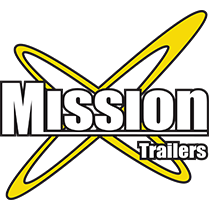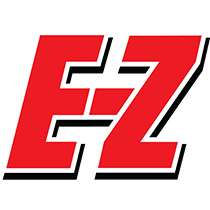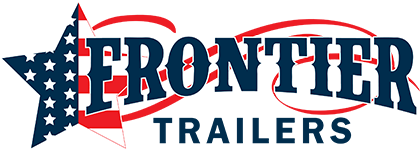Add an Awesome Headline
Plus, some additional information make this section look awesome.
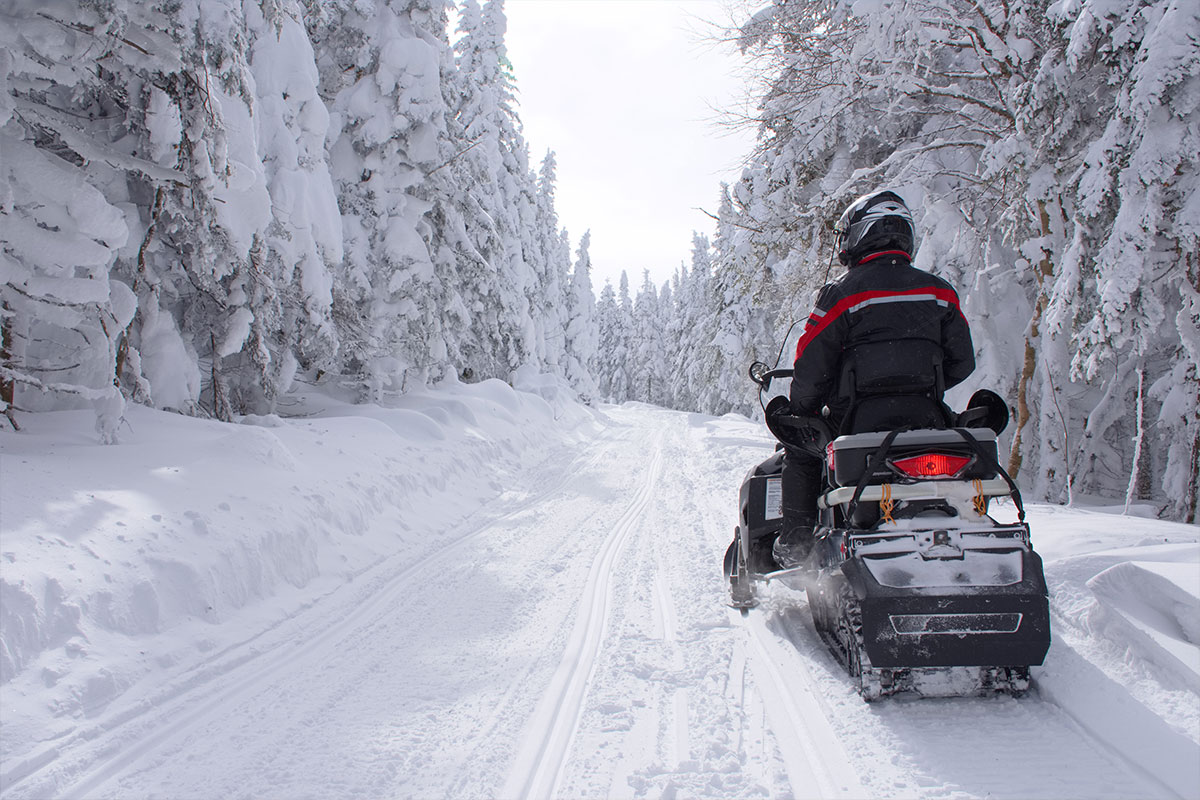
So you want to drive across the USA/Canada border and explore the Great Canadian Snowmobile Trail. We can’t blame you. There’s a seemingly endless expanse of snowmobile trails north of the border. But before you hitch on the trailer and fill the gas tank, let’s review some dos, don’ts, and tips for a smooth ride.
Know Before You Go
International travel can be intimidating, but thankfully, it’s a pretty easy car trip from the United States into Canada. Most of the Canadian population – around 90% of the country’s 40 million residents – lives within 150 miles of the border, so you won’t have trouble finding accommodations, food, or gas.
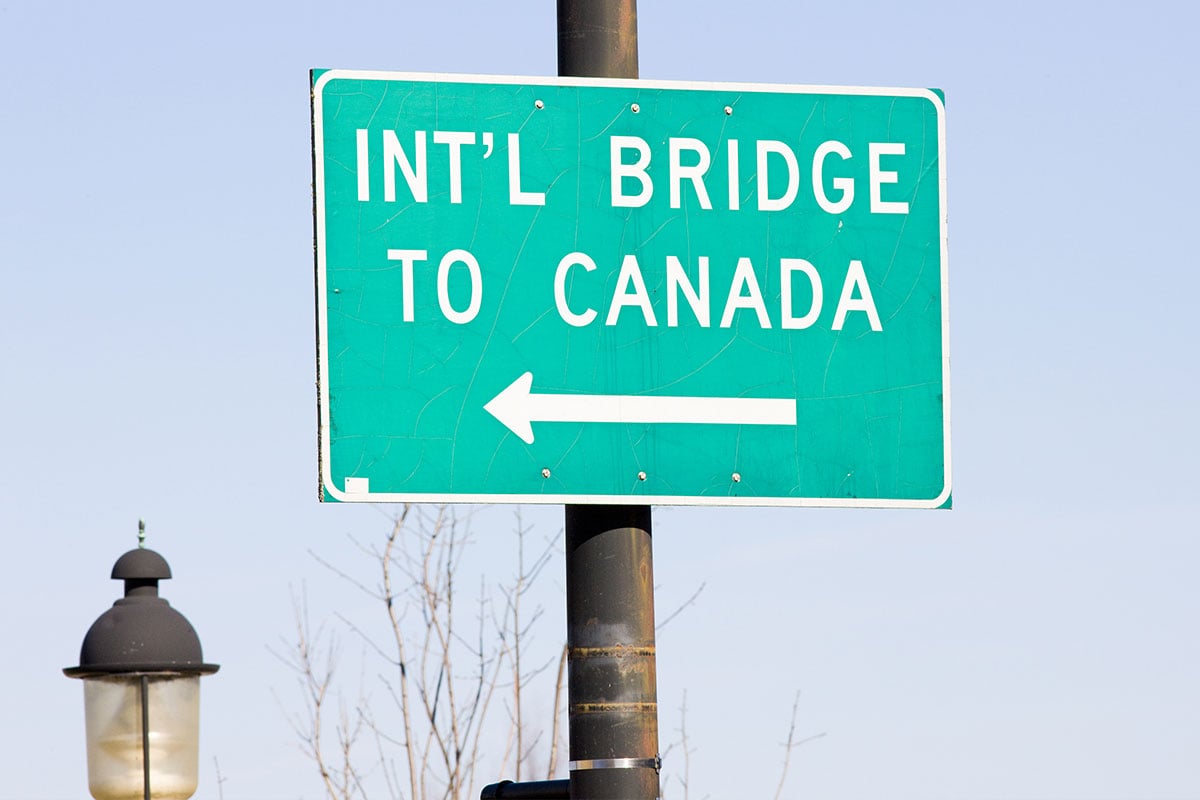
Canadian law requires that travelers present proof of their identity and citizenship when they enter the country. For US citizens, this means: bring your passport. (If you have a NEXUS card or passport card, bring that card for entry into Canada.)
Other must-bring documents: your driver's license; registration and proof of insurance for your tow vehicle and trailer; registration and proof of insurance for your snowmobile(s); any relevant permits for the area you plan to ride. For detailed information on traveling to Canada, including current travel alerts, check the US State Department website.
Permits, Please!
Each province has different requirements for snowmobile permits. Most provinces require a trail pass of some type, which you can buy online. Don't spring for an annual pass unless you've done the math! Most provinces offer daily, three-day, or week-long passes for visitors. In the Yukon and Northwest Territories, there are no permits required to ride a snowmobile. Some provinces require safety training for some, or all, riders – in Saskatchewan, all snowmobile drivers born on or after January 1, 1989, must complete a safety course.
Snowmobile clubs are active in all provinces and territories, and you can find most of them online; these organizations provide up-to-date information and resources for riders in their area.
Crossing the Border, Eh?
To cross the border of the USA into Canada, you’ll need to depart from one of the following states: Maine, New Hampshire, Vermont, New York, Michigan, Minnesota, North Dakota, Montana, Idaho, Washington, or Alaska. Each state has at least one border crossing, and some states have many more – generally, the longer the shared border, the more crossings are available. Once you’ve identified the border crossing nearest to you, verify its hours of operation and whether the crossing is currently open before planning it into your trip.
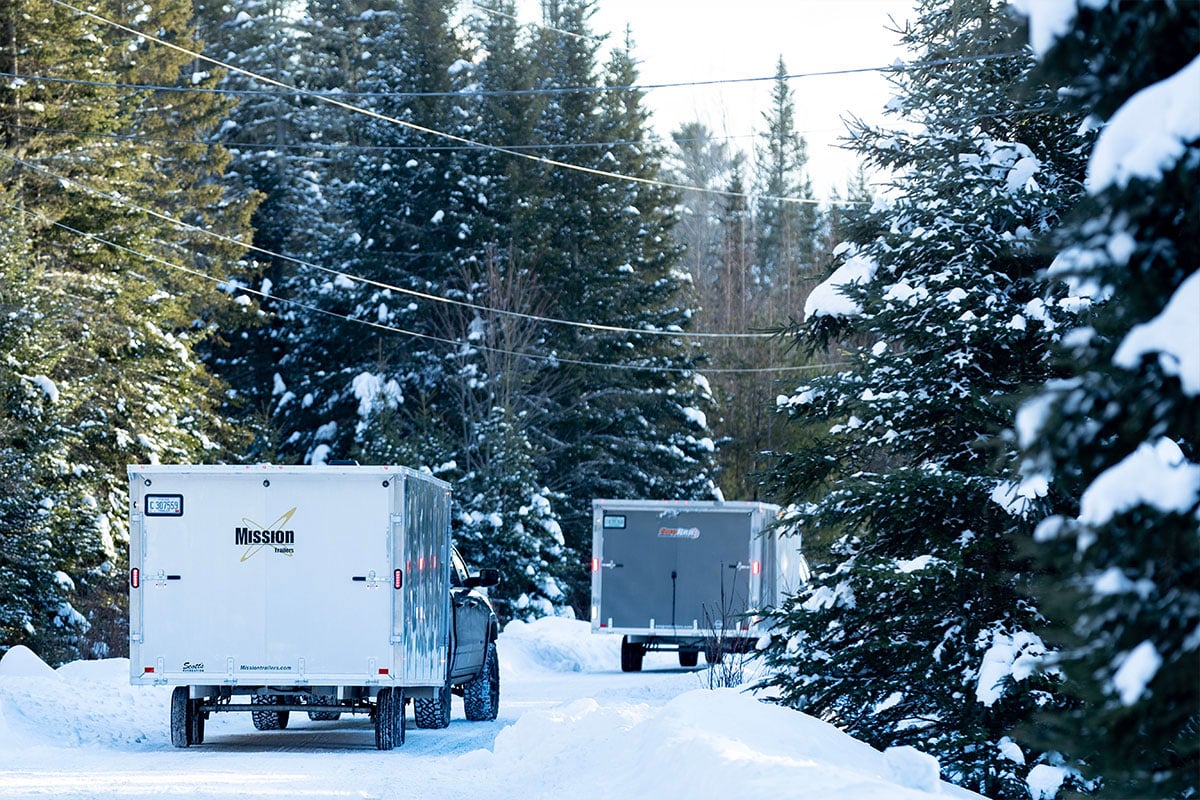
For as smooth and easy a border crossing as possible, everyone should make sure their seatbelt is buckled and passport is out before you reach the booth. Border crossing officials may want to ask everyone in the car a few questions, examine passports, or look in your trailer to make sure everything is in order. You can prepare by rolling down the windows, having documents ready, and answering any questions honestly. Be sure to review any prohibited or restricted items and leave those things at home, and don’t attempt to enter Canada if there are any legal reasons anyone in the vehicle can’t go!
If you’re polite and prepared, crossing the border into Canada from the USA with your ALCOM snow trailer should be an easy process, with wait times depending on traffic at your crossing, the time of day, year, etc. Once you say goodbye to the border crossing officials, you’re ready for the next step in your Canadian snowmobile adventure!
Getting Around
First step: think kilometers, not miles! If you’re not familiar with the metric system, it’s a good time to ask your navigator to brush up their conversion skills. And if you’re traveling in the province of Quebec, it can’t hurt if someone in your group speaks a little French, which is the official language of the province.
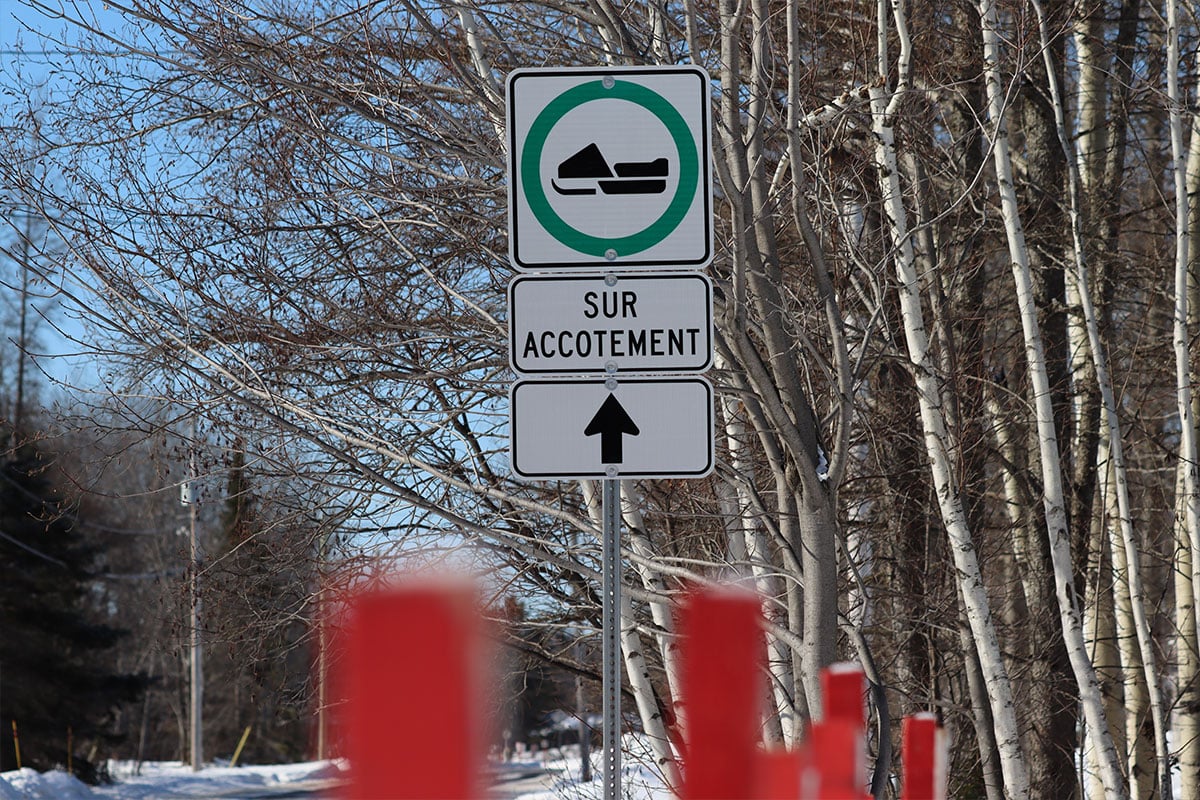
Your cell phone’s navigation system should work the same way in Canada as it does at home, provided you have international coverage. Don’t forget to check with your cell phone carrier before traveling internationally to make sure you can avoid unexpected fees and get the coverage you need. Once you’ve checked in to your home base for your stay, and parked your trailer, it’s time for the real fun to begin. It’s time to ride!
Trail Maps & Navigation
Riding at home can be as simple as zipping across your yard and off to a local trail, but when you’re snowmobiling somewhere new, maps are a must. Maybe you already have a snowmobile-specific navigation system that you love, and we absolutely recommend bringing and using that. If you need a GPS, check out some online reviews to help you get started shopping.
But if you’re concerned about losing navigation signal on the trail, or prefer to have printed maps, take a little time before you leave to search online for individual maps of the area you plan to ride. Then you can save or print each map so it’s ready to go when you need its guidance. Check out the Great Canadian Snowmobile Trail’s website to get started looking for maps.
Narrow it Down
Canada is big. Really, really big. We realize that's kind of an understatement, but it's an important thing to remember while planning your trip. Narrow down your destination to a particular region or province depending on your snowmobiling style, any other activities you want to enjoy on your trip, and how many kilometers per day you want to ride.
This winter, we'll explore the major geographical regions of Canada and take a closer look at parts of the Great Canadian Snowmobile Trail and our aluminum sled trailers.
Atlantic Canada includes the rocky eastern seaboard provinces of Prince Edward Island, Nova Scotia, New Brunswick, and Newfoundland & Labrador. Central Canada, which borders the Great Lakes, includes Quebec and Ontario. This is the largest, and most populated, region of the country. Next, Western Canada stretches out across Manitoba, Saskatchewan, Alberta, and British Columbia. Northern Canada comprises the three Canadian territories: Yukon, Northwest Territories, and Nunavut. Each region has its own geographical features, snow patterns, cultural experiences, and so much more to explore.
Ready to Ride?
No matter where you decide to ride in Canada, some research and preparation will have you ready for adventure and enjoying the time on your sled. One of the most important parts of getting there is your trailer, and that's where ALCOM can help. If you still need a snowmobile trailer, or you're ready to upgrade to something new, light, and rust-resistant, you've come to the right place. As a top aluminum trailer manufacturer in the USA, ALCOM builds lightweight, durable trailers for all seasons, and our snowmobile lineup is customizable for any sleds and any budget.
Check out our snowmobile buying guides for open or enclosed models, our best-selling Crossover lineup, and two-sled haulers. When you're ready to find your local dealer, we're ready to help you find your ideal aluminum snowmobile trailer!
